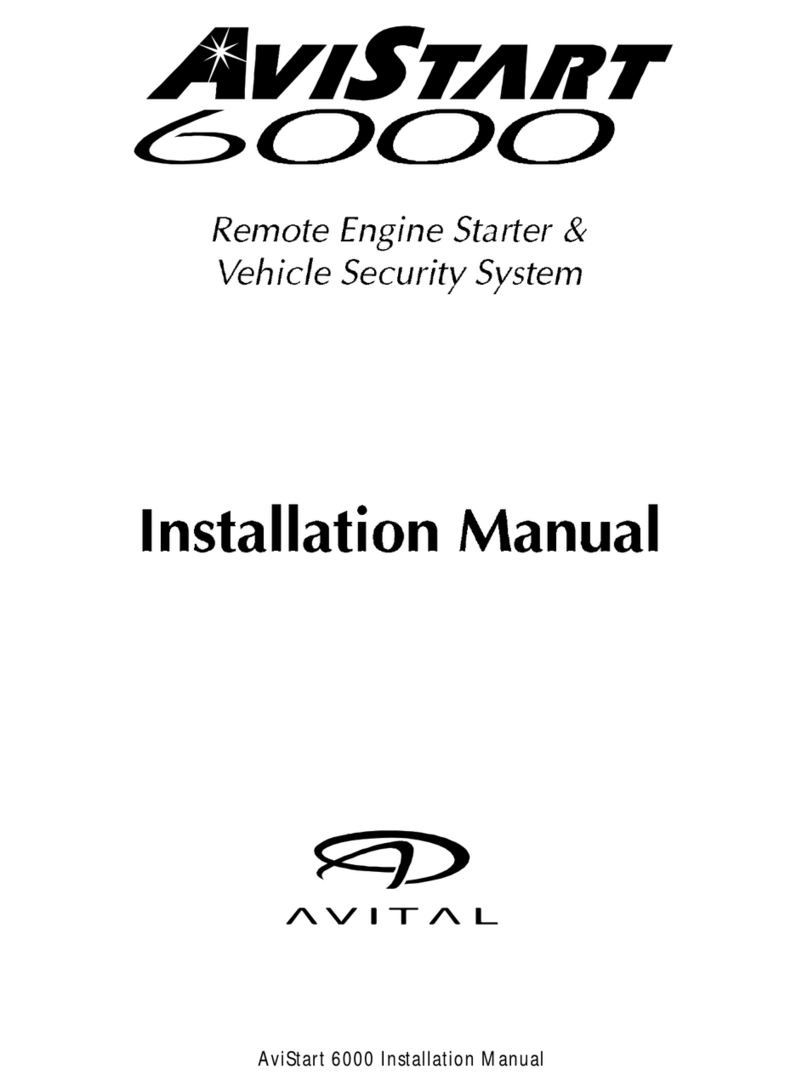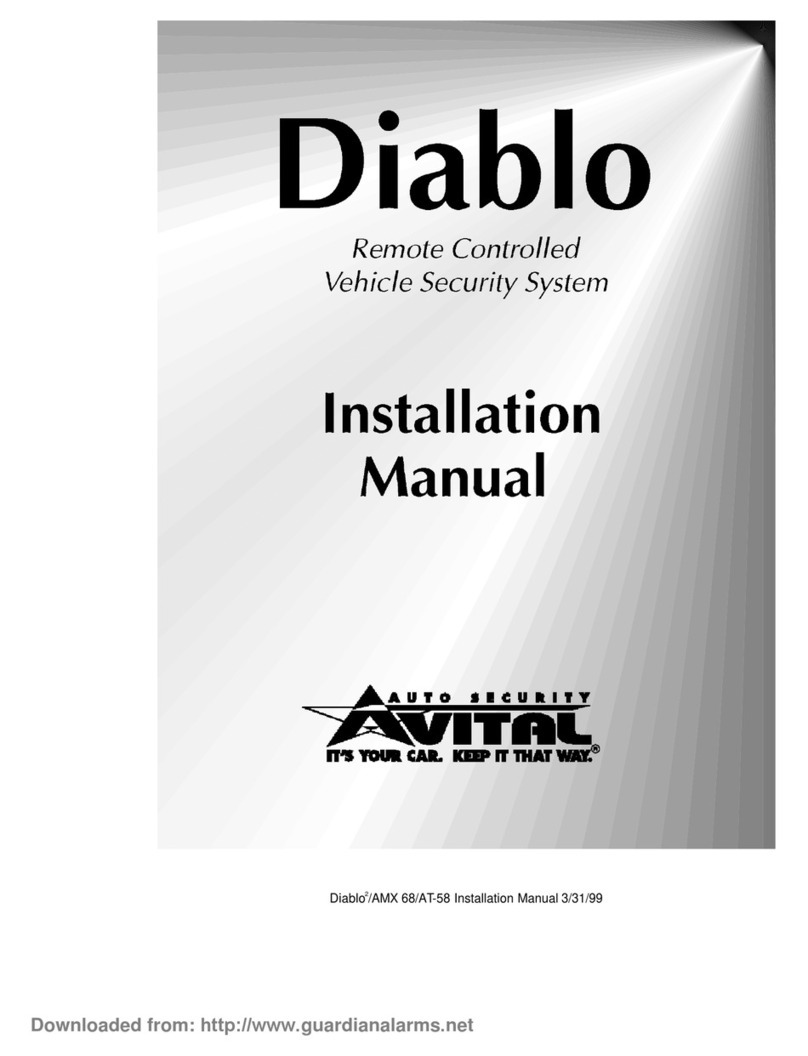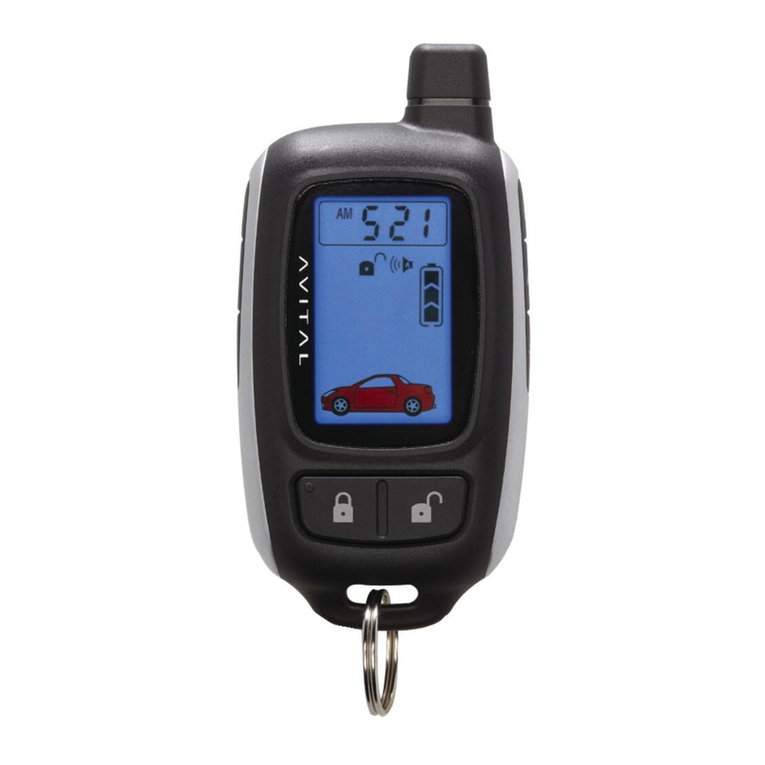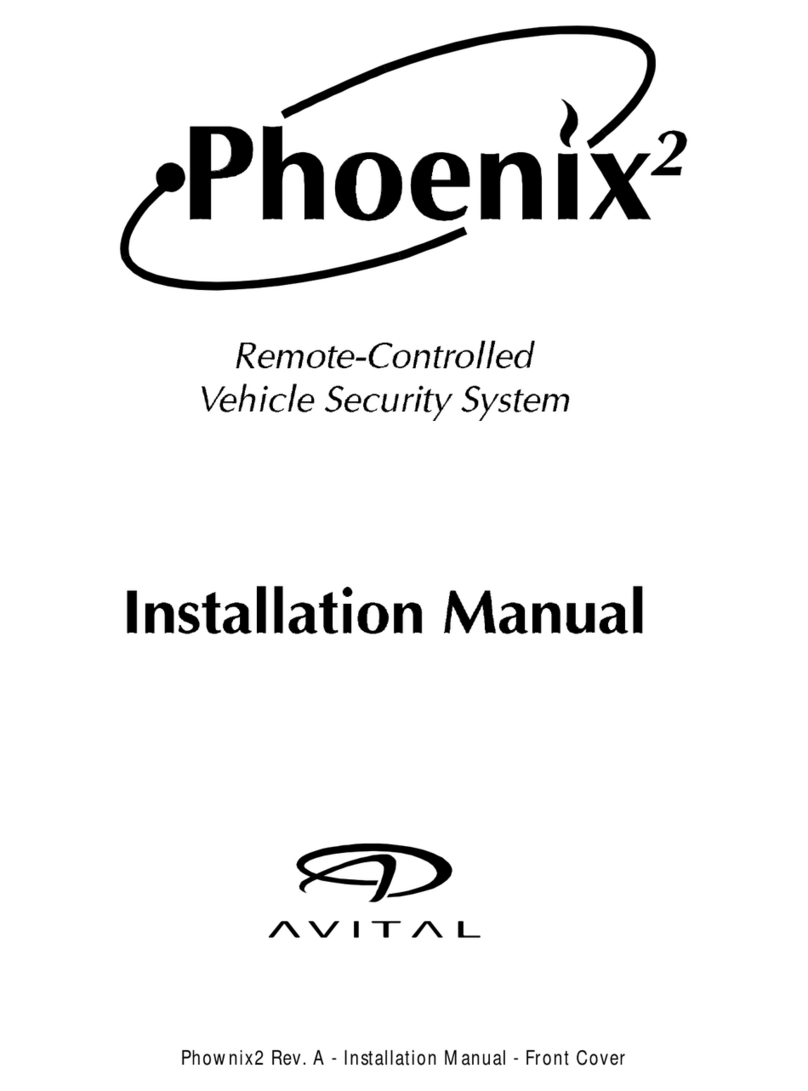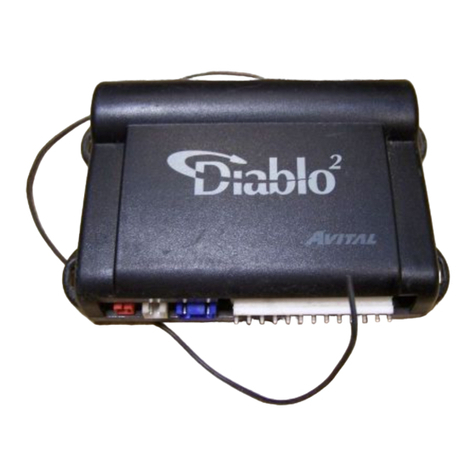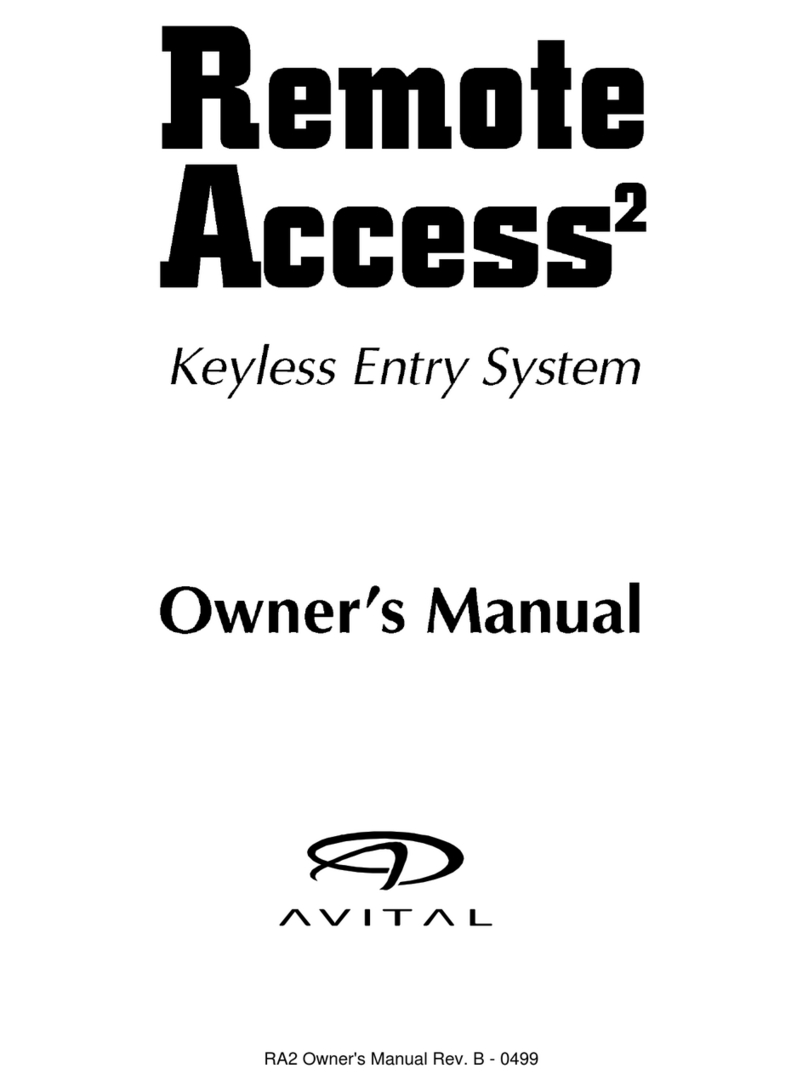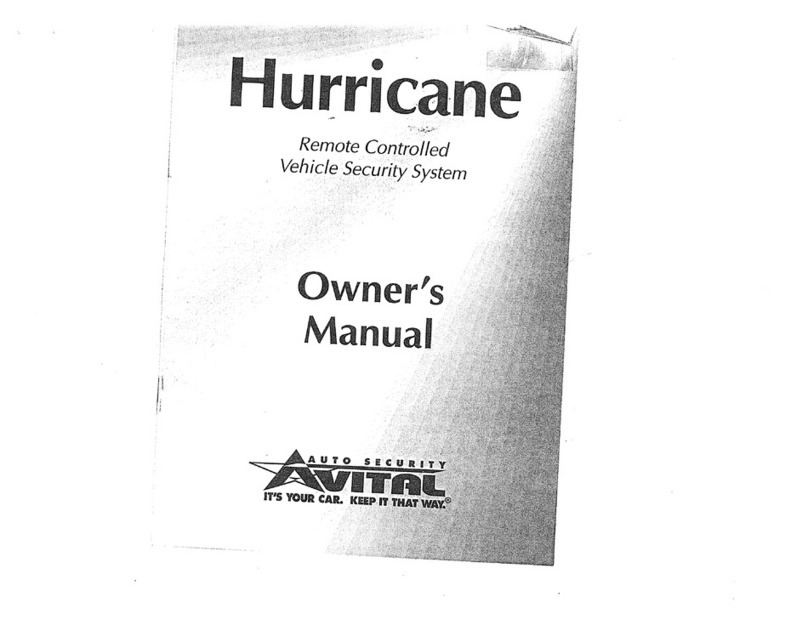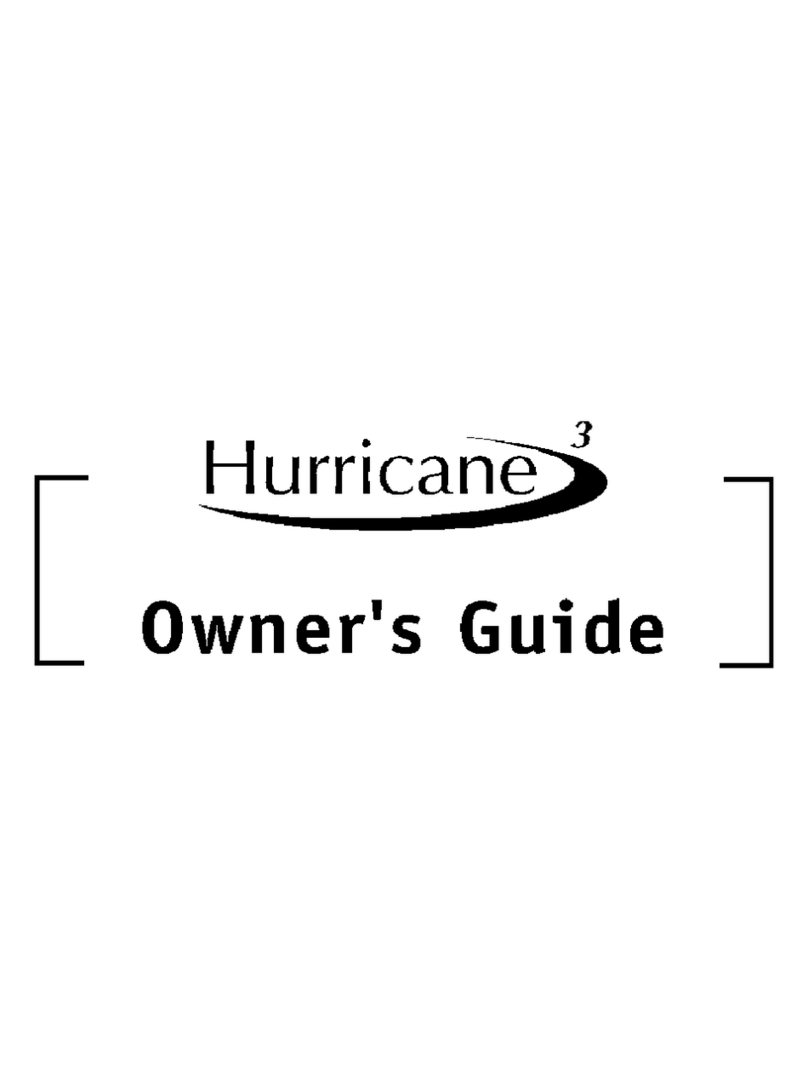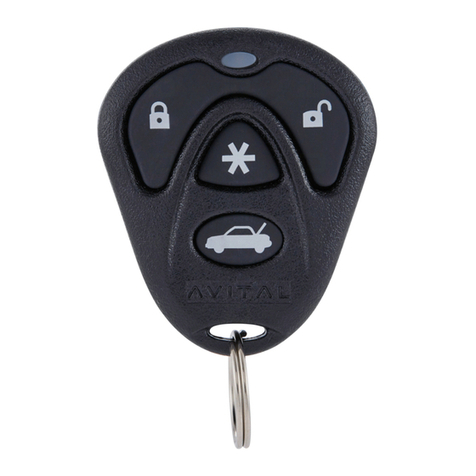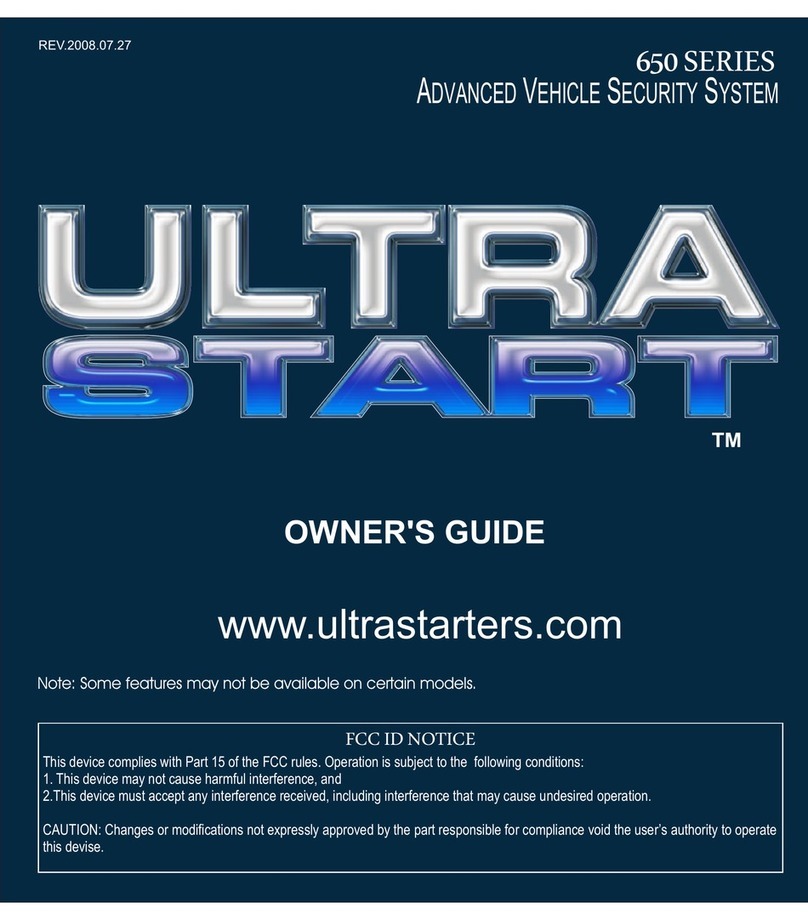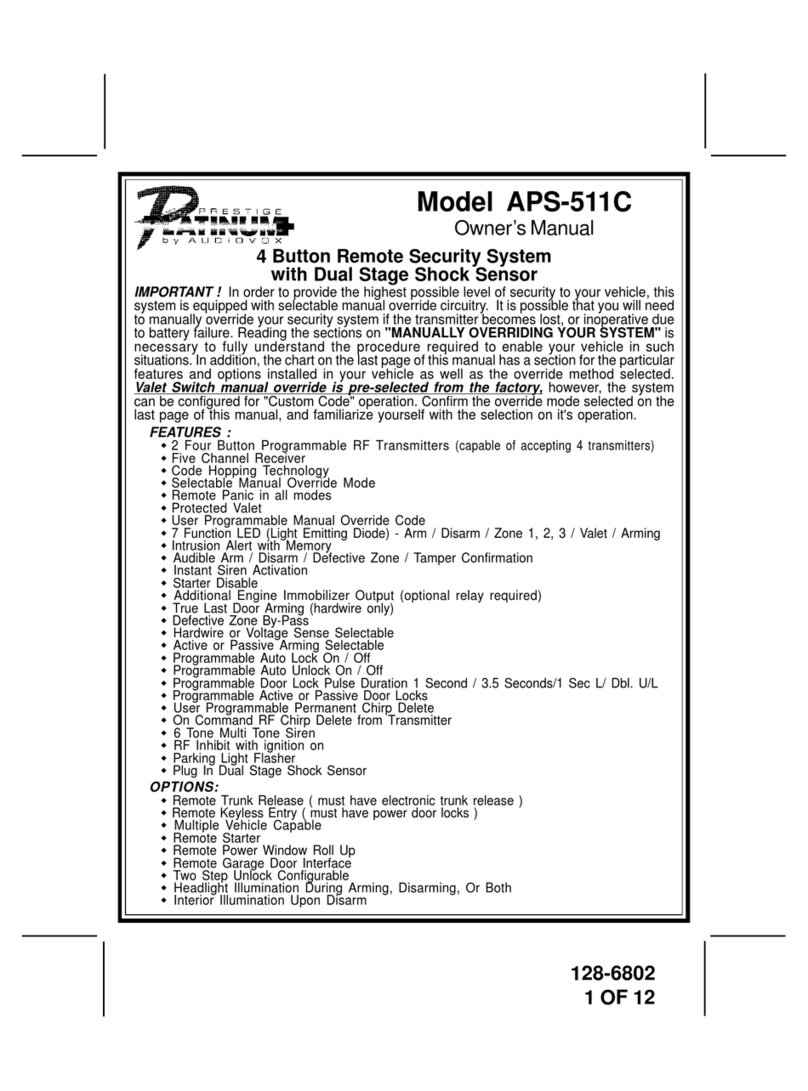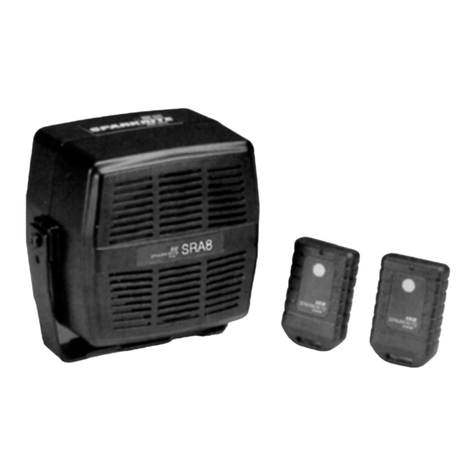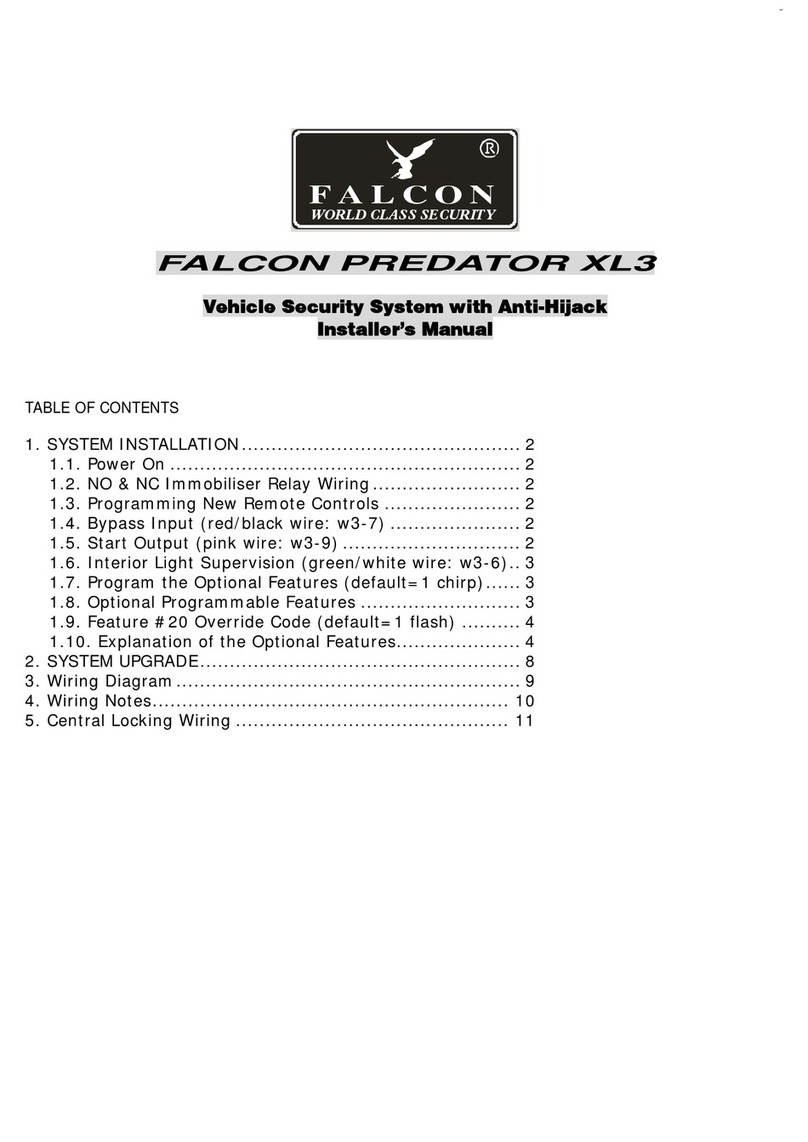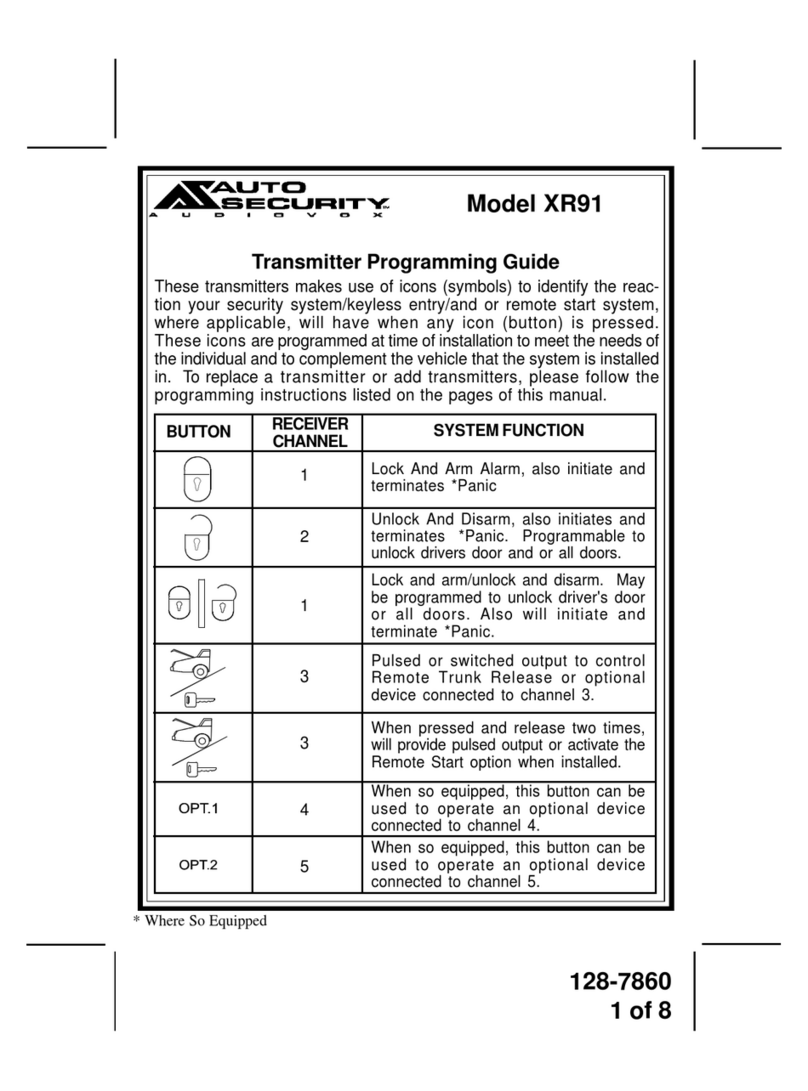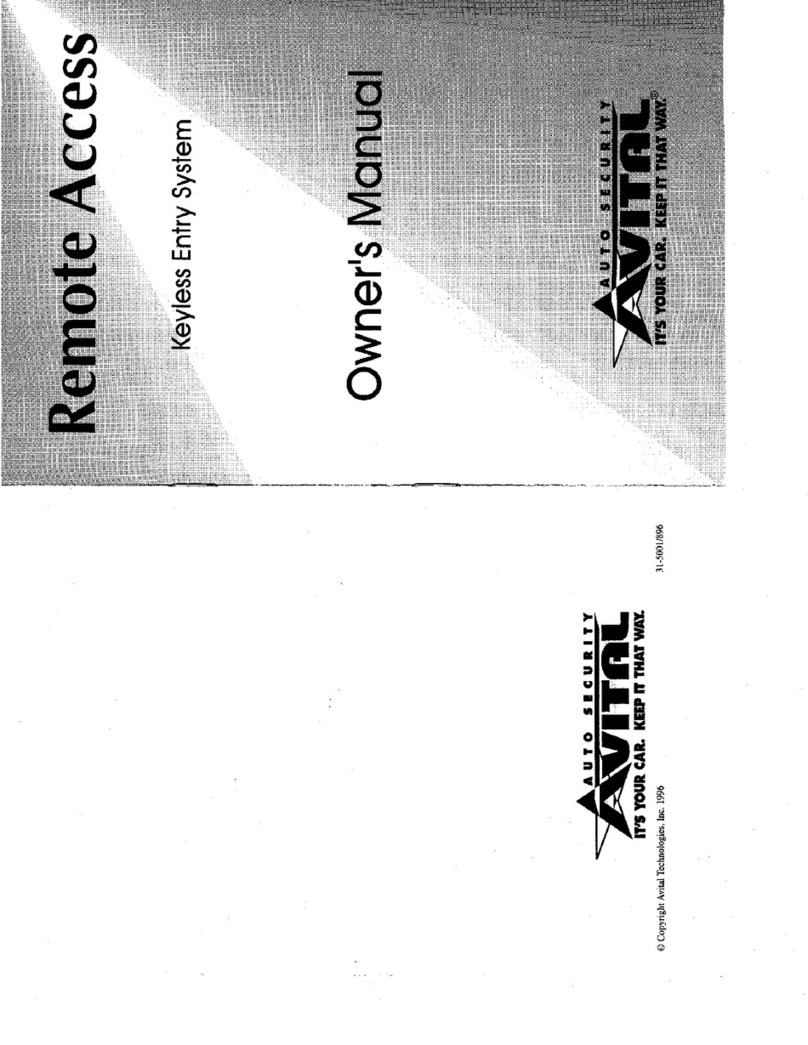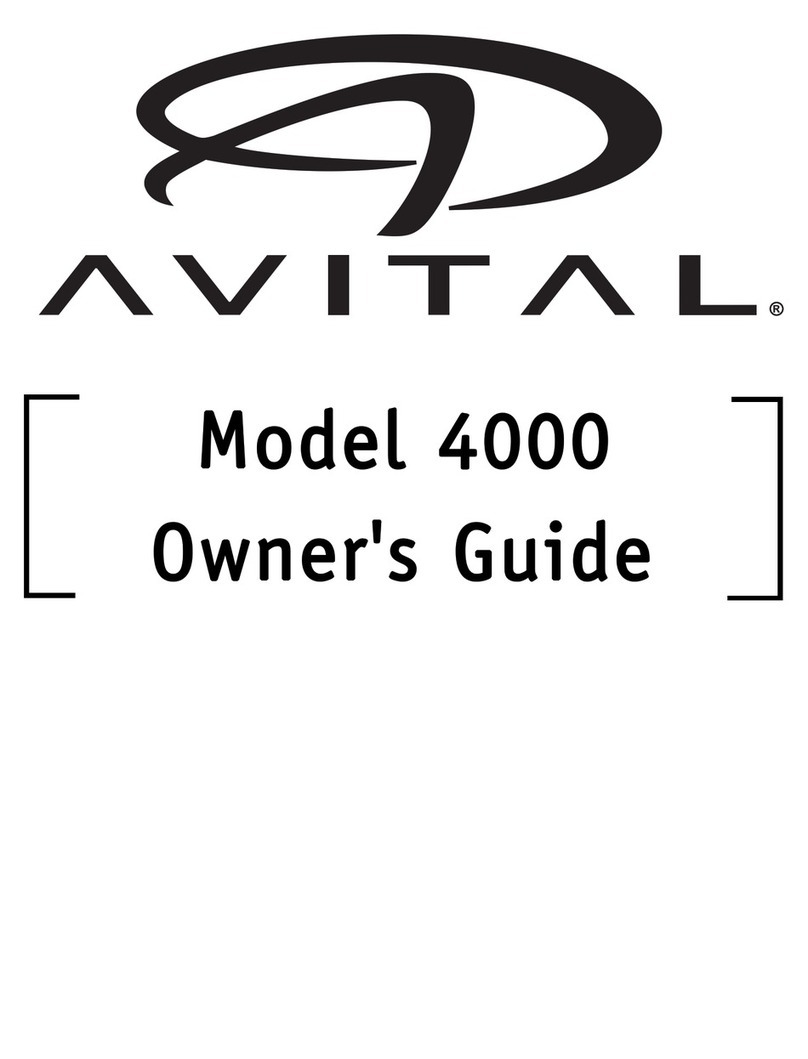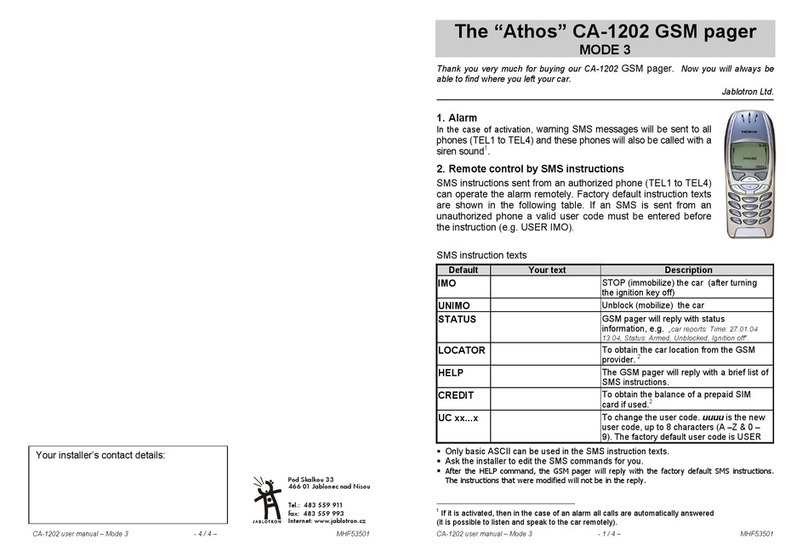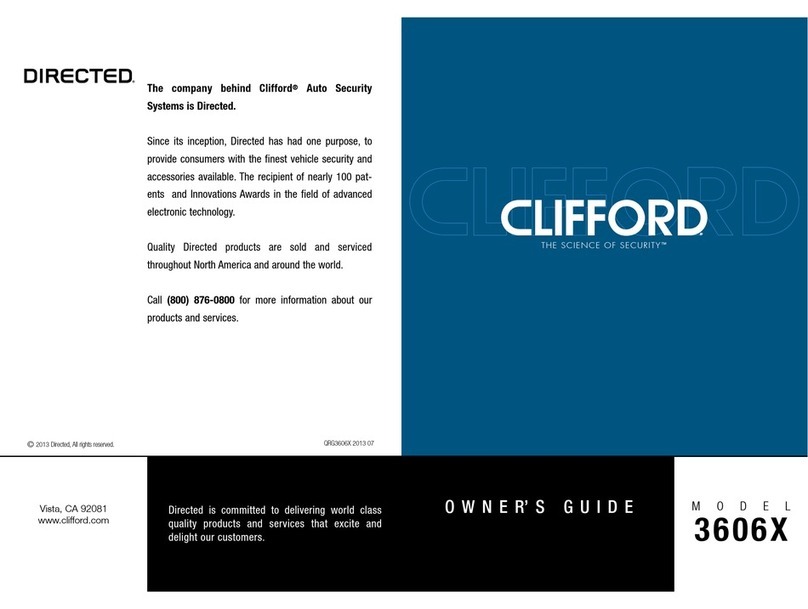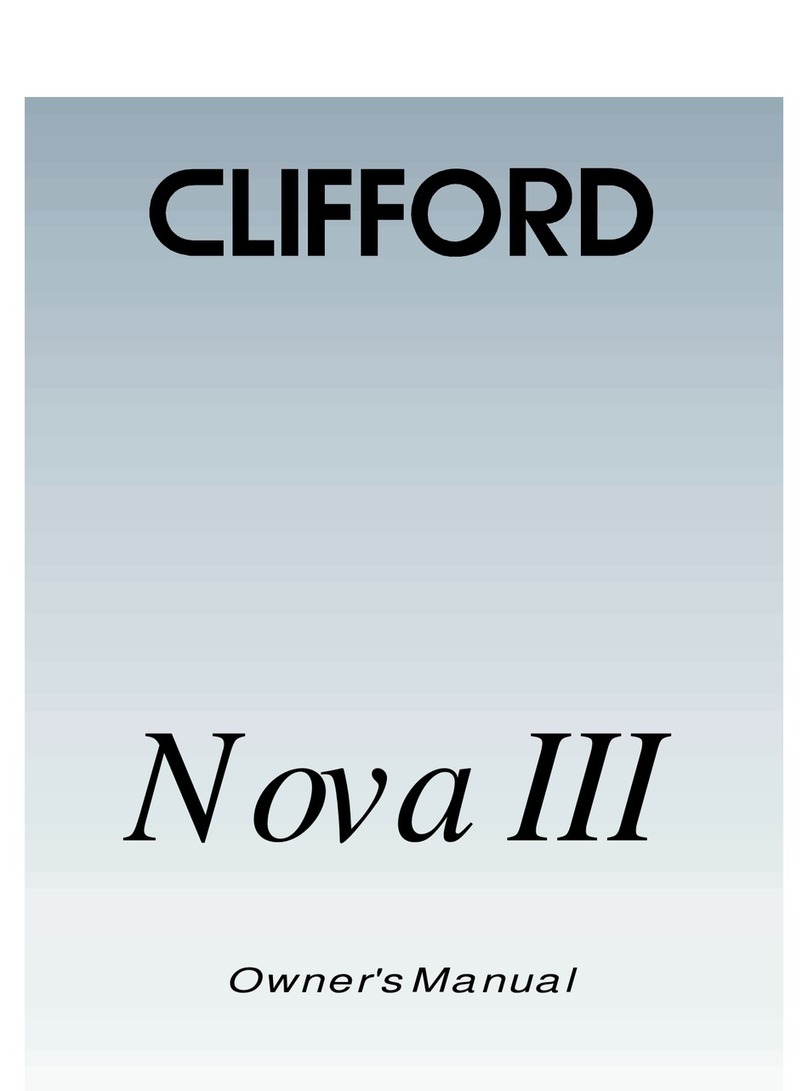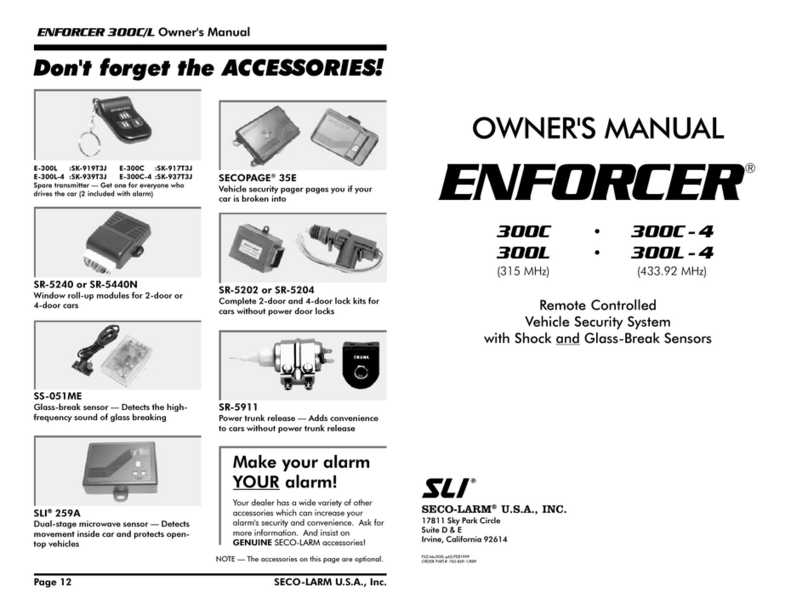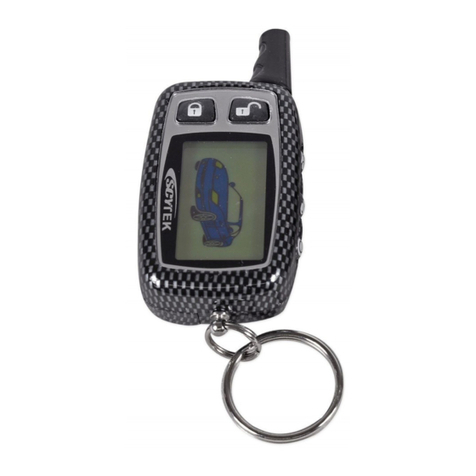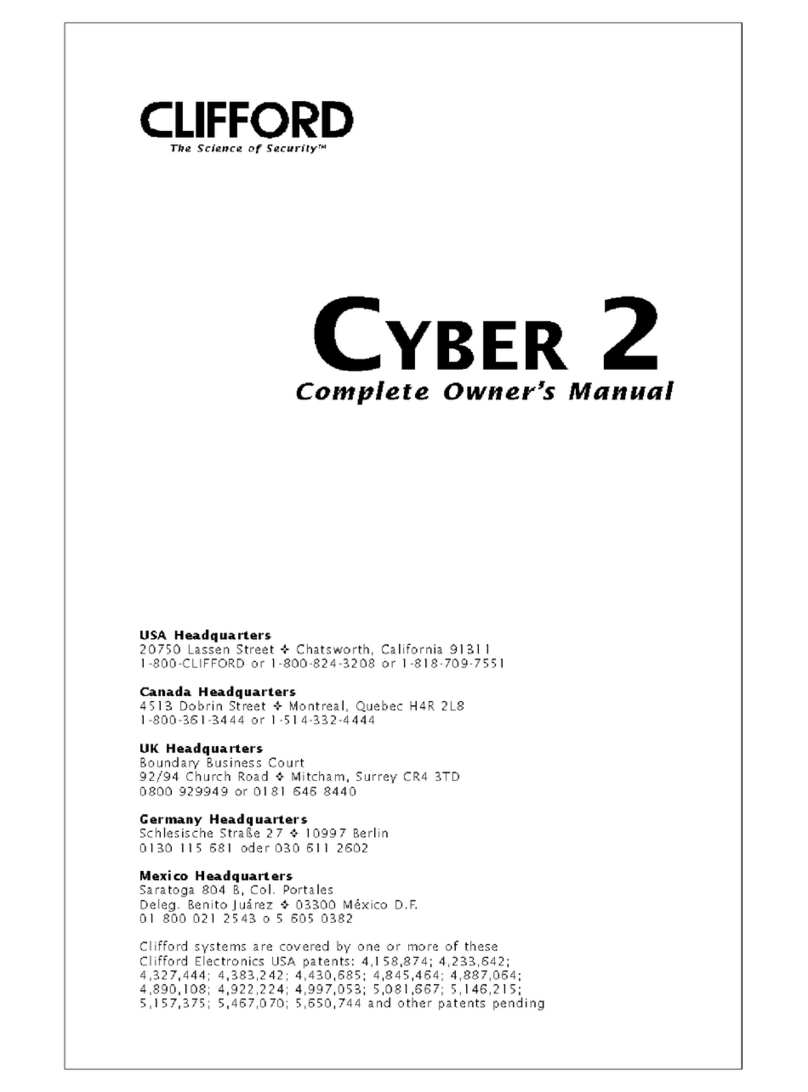Contents
Warning! safety first..........................................................................................1
What is included...............................................................................................3
Installation points to remember............................................................................4
Virtual tach ..............................................................................................5
D2D........................................................................................................5
Component locations and finding wires ...............................................................6
Making your wiring connections .........................................................................6
Primary harness (H1) wiring diagram..........................................................7
4-pin satellite harness diagram ...................................................................7
Heavy gauge relay wiring diagram ............................................................7
Door lock harness, 3-pin connector* ...........................................................8
Remote start harness (H2) wiring diagram ...................................................8
Primary harness (H1), 9-pin connector .................................................................8
Heavy gauge relay interface ............................................................................14
Remote start harness (H2), 5-pin connector.........................................................15
Neutral safety switch interface ..........................................................................18
D2D and programmer interface ........................................................................19
Programming jumpers......................................................................................20
Light flash (+)/(-).....................................................................................20
Activation Input (+)/(-) .............................................................................20
Plug-in program switch.....................................................................................21
Tach learning..................................................................................................21
Virtual tach programming ........................................................................21
To learn the tach signal............................................................................22
Tach threshold on/off ..............................................................................22
How to reset features and virtual tach .......................................................23
Operating settings learn routine ........................................................................25
Features menu ................................................................................................27
Menu 1 .................................................................................................27
Feature descriptions.........................................................................................29
Menu 1 .................................................................................................29
Menu 2 .................................................................................................31
Bitwriter® ..............................................................................................34
Shutdown diagnostics......................................................................................35
Safety check...................................................................................................36
Troubleshooting ..............................................................................................38
Wiring quick reference guide ...........................................................................41

